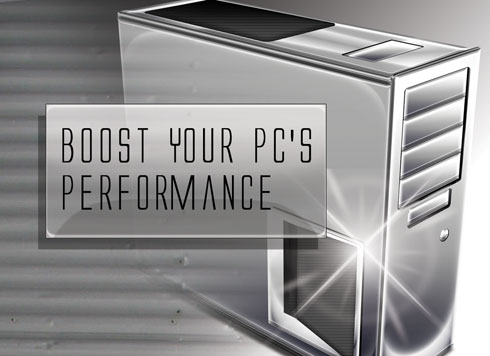

For more high-performance computing users, drivers are an essential element that can keep the entire computer system functioning smoothly and as fast as possible. Drivers tell different devices what computer type you have, the operating system, and are packed with tiny settings that ensure everything works together as intended.ĭriver updates can contain information that helps devices communicate better after a software or operating system update, contain security tweaks, eliminate problems or bugs within the software, and include performance enhancements.Ĭomputer drivers might install automatically when you plug in a new device, such as a printer or mouse, or require manual installation to function correctly.įor some users, installing drivers might happen so quickly that you don’t even pay attention to it.

To figure out if a driver can help your computer performance, it’s important to first understand what a driver is and does.ĭrivers are software that help computers and peripherals or hardware communicate effectively.


If you’ve never thought about driver updates in the past, managing drivers can help keep your computer functioning at its highest potential. While this strategy can work for certain types of drivers, other types of updates – such as drivers for video cards – contain performance updates with new versions, making driver updates a key variable in terms of performance. Most computer users don’t think to update or manage drivers until something goes wrong with their computer. Out-of-date drivers can impact overall computer performance, making this an important part of your overall computer maintenance. If your computer seems to be dragging or running slower than it used to, it might be time to update the drivers.


 0 kommentar(er)
0 kommentar(er)
